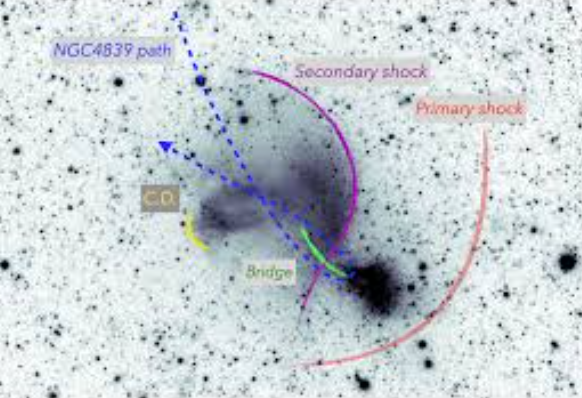
Phd Thesis
Site: Milano
Duration
3 years
Tutors
Stefano Andreon (INAF-OAB), Marco Landoni (INAF-OAB), Alberto Moretti, Ginevra Trinchieri Alberto Trombetta (UniInsubria) e Mario Radovic (INAF-Pd)
Contact
stefano.andreon AT inaf.it
Description
The Euclid mission will revolutionise cosmology and cluster studies by making the most accurate measurements of Dark Matter and Dark Energy, and giving access to the holy grail of astrophysics, mass, for a very large population of galaxy clusters. In particular, the excellent point spread function of the Euclid telescope will allow us to detect the weak deformations (shear) of background galaxies induced by the potential well of intervening galaxy clusters for over 35 thousand clusters (Andreon & Berge 2012). This offer a direct measure of mass and a selection by total mass in place of using indirect tracers (e.g. galaxies and the intracluster medium) offering a view of the cluster population free of the biases that affect samples selected with those indirect tracers (e.g. Pacaud et al. 2007, Andreon et al. 2016, Orlowski-Scherer et al. 2021).
The thesis aims at studying the intracluster medium properties of the population of shear-selected clusters in the Euclid Data Release 1 in the footprints of ACT, SPT, and eROSITA surveys. By a hierarchical joint SZ/X-ray/shear analysis, the thesis aims at addressing both the properties of the intracluster medium of each individual object (e.g. radial profiles of temperature, pressure, and mass) and of the population as a whole (e.g. to measure the diversity of the properties across the clusters). This will in turn address the bias of current cluster samples selected with indirect tracers.
The project is timely: observations of the Euclid wide survey started in December 2023 with first scientific-ready products available to the consortium members during November 2024. In the unlikely case of unforeseen delays in the data acquisition/processing, the student will start by considering our own pilot project that collected the shear data closest to Euclid (HSC) for a small shear-selected sample and for which we obtained ALMA, NIKA2, and Swift data. Analysis methods available for individual SZ/X-ray/shear studies (Andreon et al. 2021) will be applied to the population and made scalable by Big Data methods developed by Castagna et al. (2022).
This project offers a scientific return of the INAF large investment in technological and software development for the Euclid mission. The project opens the road to later surveys having shear as primary science case: LSST-Rubin and Roman (Ivezic et al. 2019; Spergel et al. 2015).
References: Aihara et al., 2018, PASJ 70, 4 – Andreon & Berge, 2012, A&A 547, 117 – Andreon, Serra, Moretti, Trinchieri, 2016, A&A 585, A147 – Andreon et al. 2021, MNRAS 505, 5896 -Castagna, Andreon, Trombetta, Landoni, 2022, EPJ Web of Conferences, Volume 257, 9 – Curazov, et al. 2021, A&A 651, A41 – Laureijs et al. 2011, Euclid Definition Study Report, arxiv:1110.3193 – Ivezic et al. 2019, ApJ 874, 111 – Orlowski-Scherer et al., 2021, A&A, 653, A135 – Pacaud et al. (Andreon), 2016, A&A, 592, A2 – Spergel, et al. 2015, WFIRST-AFTA 2015 Report, arxiv:1503.03757
Image: eROSITA view of the intracluster medium of the Coma Cluster [from Churazov et al. 2021].
